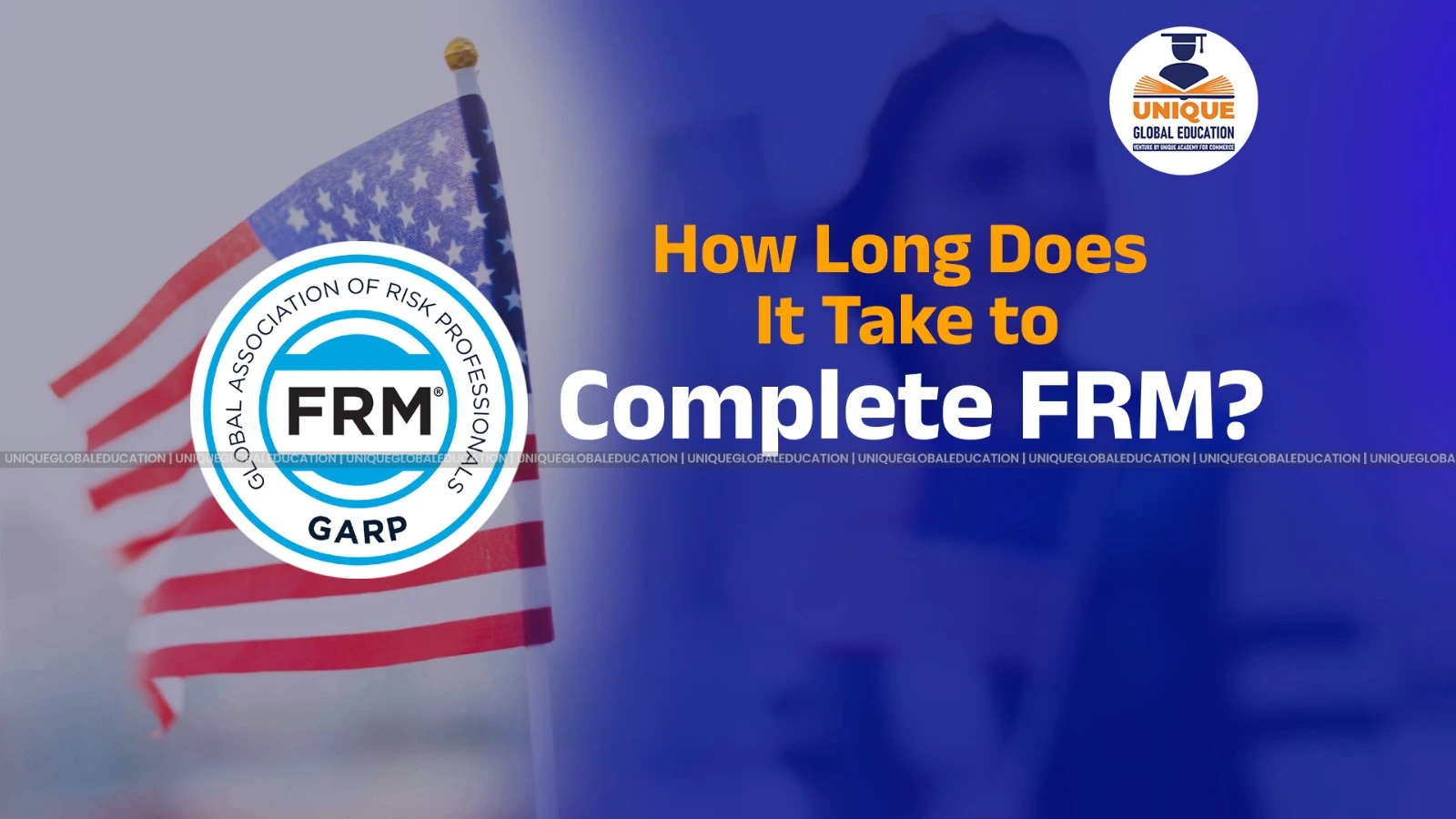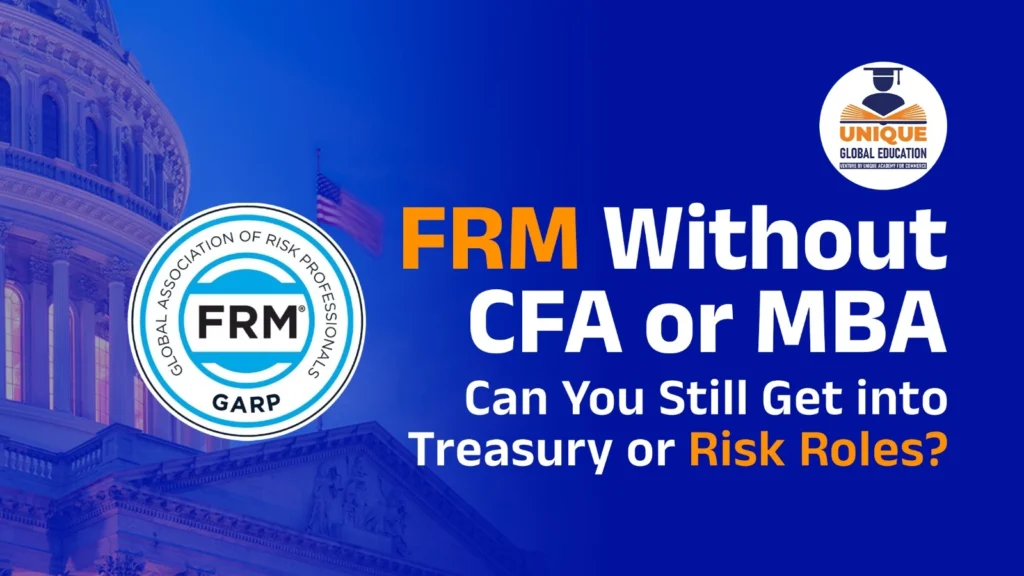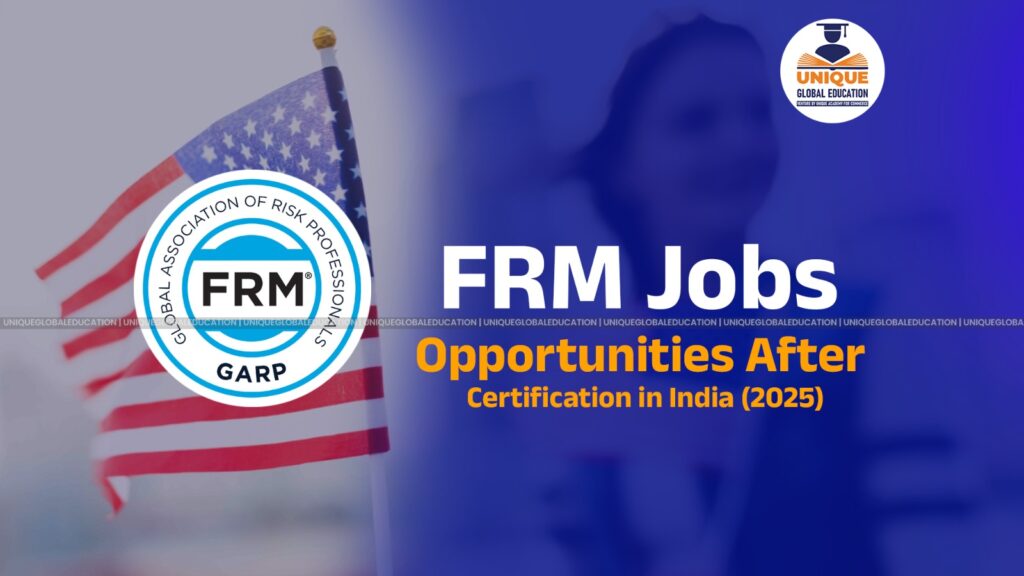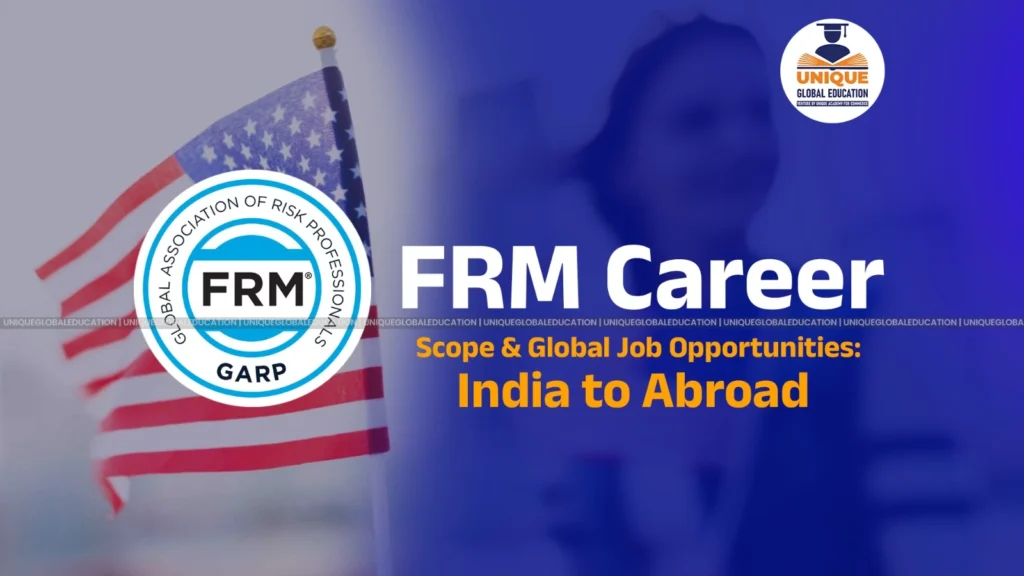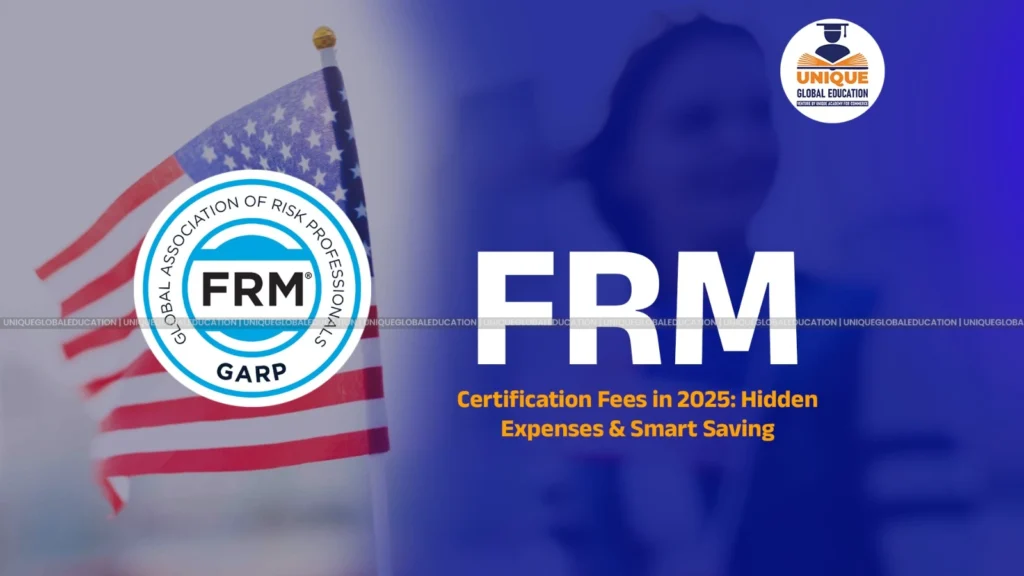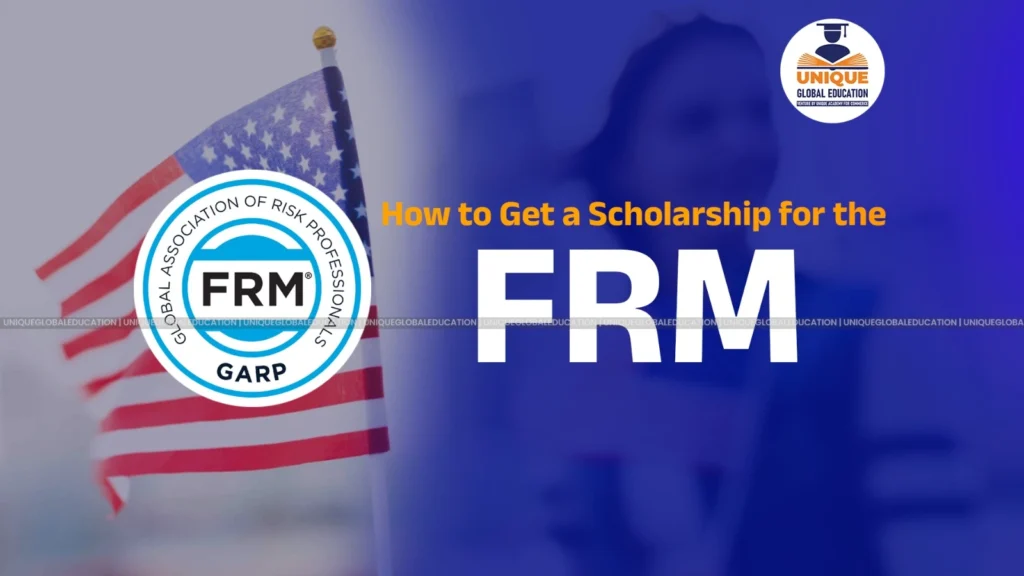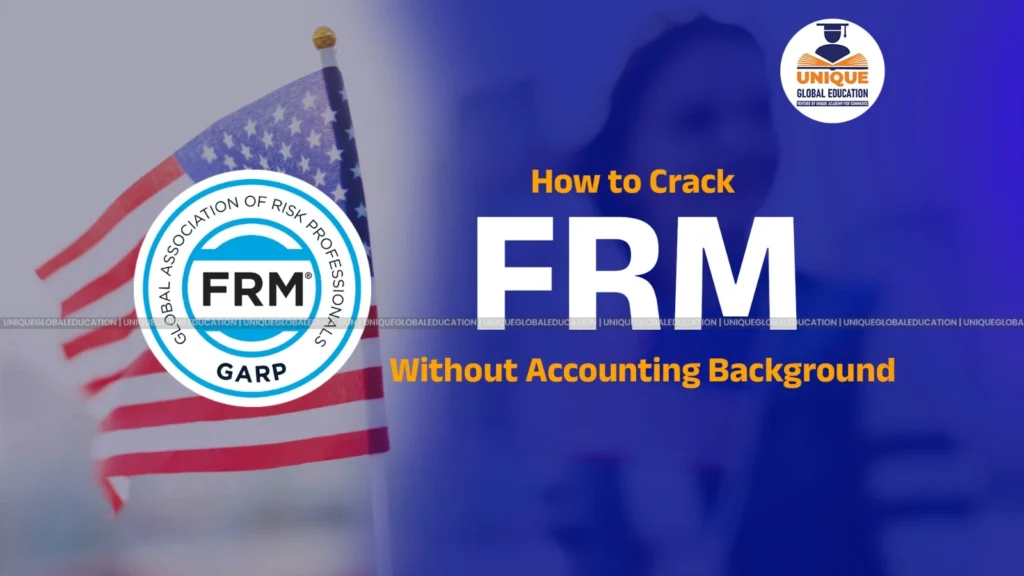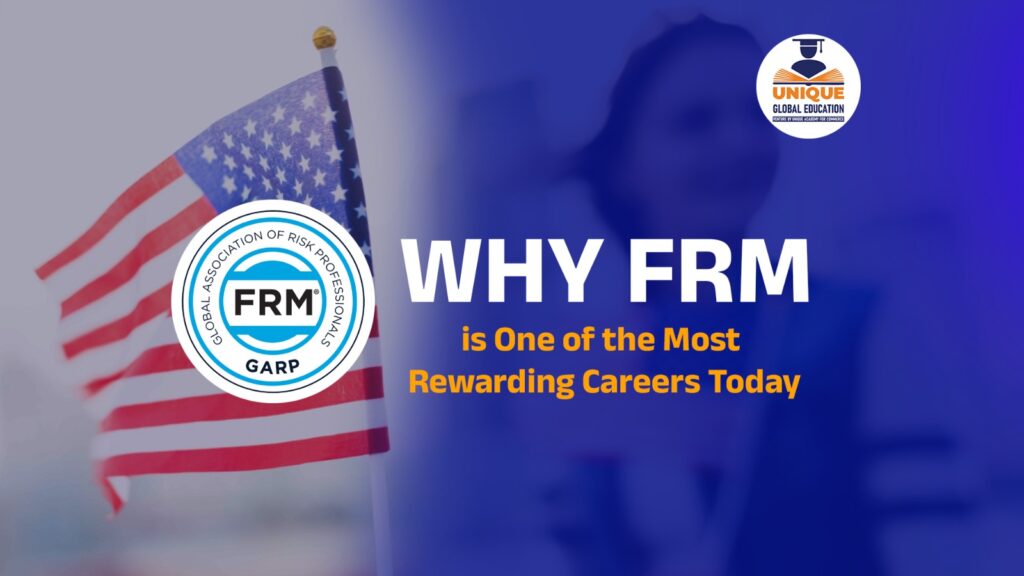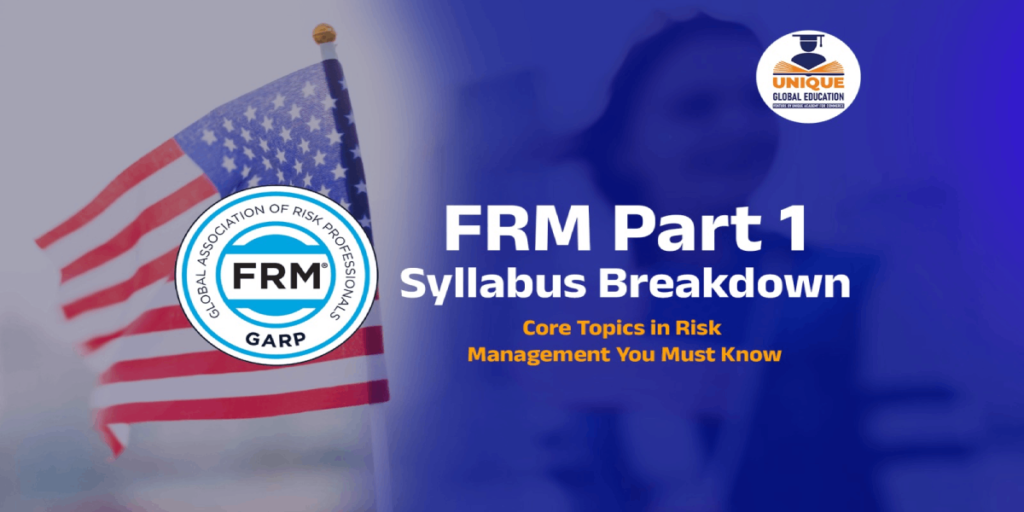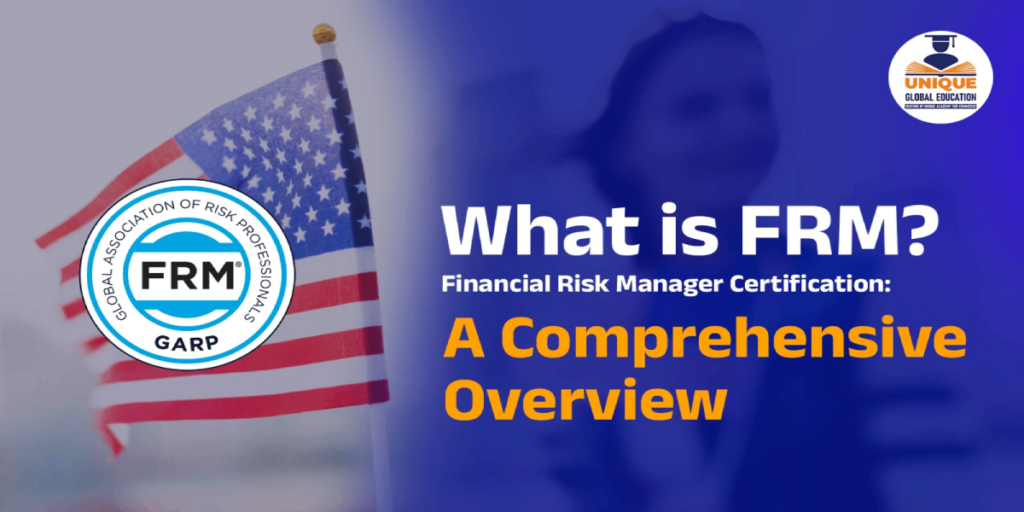How Long Does It Take to Complete FRM?
One of the most powerful certifications in the world is FINANCIAL RISK MANAGER (FRM )offered by GARP. GARP (Global Association of Risk Professionals) brings you the certification which is FRM. It certifies professionals who possess the skill and insight necessary to manage risk in credit, market, operational, and other areas—skills applicable to roles across banks, investments firms, and other financial entities. Amongst the applicants, one of the most frequently asked questions is: “What is the duration of FRM?”
The straight answer is – usually a good 1.5 – 2yrs to do both parts of the FRM exam and meet the work requirement. But how long it takes you could also depend on your prior experience, how quickly you study and your schedule. Let’s understand this in detail.
Table of Contents
1. Understanding the FRM Structure
The FRM program consists of two sections and candidates must successfully pass both parts of examination in order to obtain FRM.
FRM Part I is centred on the core tools and techniques used to measure financial risk. It covers the four major areas — Foundations of Risk Management, Quantitative Analysis, Financial Markets and Products, Valuation and Risk Models. This volume lays the foundation for your grasp of financial risk and learn math tools in finance.
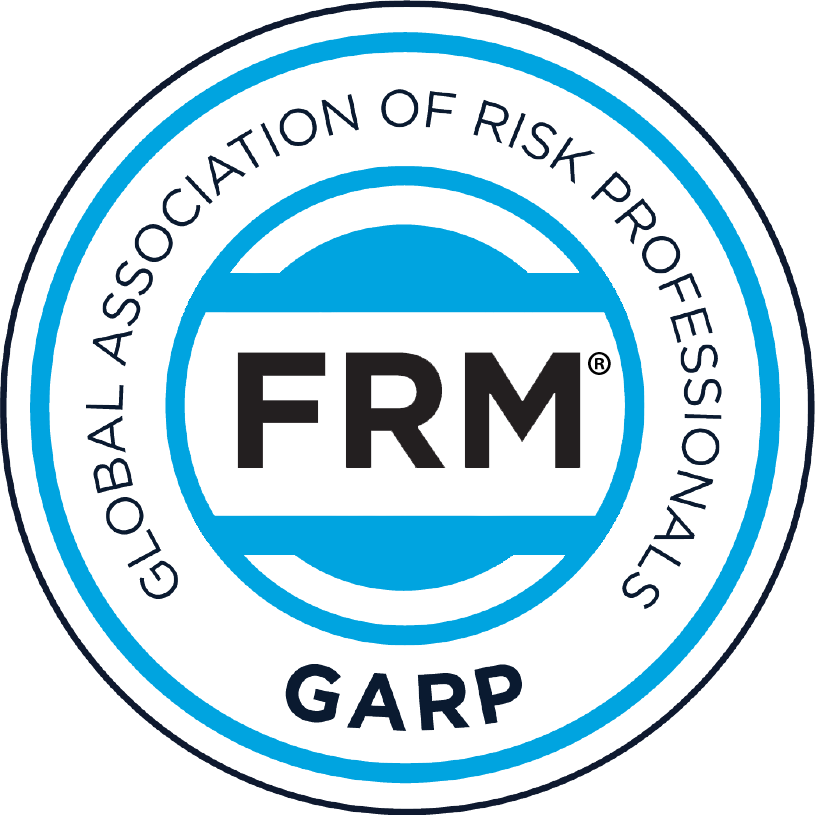
FRM Part II is more about application and examining your capability to apply those tools in actual risk management. It includes Market Risk, Credit Risk, Operational Risk, Liquidity Risk, Treasury Risk and Current Issues in Financial Markets. It requires that you use information provided in Part I, as well as complex examples and case studies.
You need to pass Part I and then part II.
2. FRM Exam Timeline
The FRM exam is held twice a year in May and November, providing candidates with an opportunity to take each part once every 6 months.
It usually happens in the following way: you prepare for Part 1, give the exam then spend next 5–6 months preparing of Part 2.
For instance, if you sit for Part I in May 2025, you can sit for Part II by November 2025 and get FRM-certified in the same calendar year — as long as you have fulfilled your work experience requirement.
So, taking his impact as a whole, the timeline is roughly this:
- Preparing for FRM Part I: 5-6 months
- FRM Part II Study Plan 5-6months.
- Work experience guideline: 2 years (before or after exams)
On average, most candidates finish the entire program between 1.5 to two years.
3. Minimum Time Required
Technically you can finish the FRM exams in 6–8 months, if you pass both parts in one go – Part I in May and Part II in November of the same year.
But, be warned; this is a shortcut that will only work for students who can afford to devote 20-25 hours a week in preparation. This system seems unfeasible for most of the working class or college going people who would like to spread this over a longer period to understand better and perform better in exams.
4. Average Preparation Time
GARP estimates that each part of the FRM exam takes approximately 200–240 hours of study, although most candidates who pass spend from 250–300 hours studying per part.
If you dedicate 10–12 hours of weekly study, it will take about 5–6 months per part. That’s why many candidates aim for a one-year preparation period to prepare for both parts together.
The mantra is consistency – studying every day, solving mock tests regularly, revising frequently so you don’t have to cram a hell lot of days before the exam.
Get More Details Of FRM Coaching Classes
5. Factors That Affect How Long FRM Takes
The duration required to finish FRM largely depends on several personal and practical conditions.
a. Educational Background:
Candidates with a finance, economics or quantitative background (e.g. stats or engineering) are better able to pick up ideas more quickly. For some, it may take longer to come up the learning curve around technical topics like derivatives or risk models.
b. Work Commitments:
Salaried class take longer time as they study after work and in few cases on weekends. Full-time students can complete both parts sooner.
c. Study Material:
Quality resources like Kaplan Schweser, Wiley or GARP’s own books can cut down your prep time tremendously. And there are question banks and study notes that contain summary information to help streamline your work.
d. Exam Attempts:
You can cut down the overall time if you pass both on one stroke. If you reappear due to a failed components, finalization takes an extra 6 months at least ( exam schedules).
e. Discipline and Planning:
One organised study plan that covers all syllabus, mock tests and revisions on time can stream-line your preparation so you never have to panic at the last moment.

6. FRM Work Experience Requirement
Passing both parts of the FRM is only half the battle. You also need to provide evidence of a minimum of two years of professional experience in risk, financial or otherwise.
This can happen either prior to or while taking the exams, or it may take place subsequent to it. There are also matching jobs within your varying the link in risk management, credit risk, treasury, audit, compliance or investment management/portfolio analysis.
This prerequisite is the sort of thing that can coincide with your exam studying practice, and candidates generally satisfy it organically as they still build their experience in finance-type roles.
7. Ideal Timeline Example (For Working Professionals)
This is how an actually achievable FRM journey would for a professional:
- Months 1-6: FRM Part I (May) Study Plan So you’ve got six months to prepare for the FRM Part I exam – great!
- Months 7-12: Study for FRM Part II (November exam)
- Months 13 -24: Ensure that you have accumulated at least two years of work experience in your chosen profession (overlapping with study period OK)
- Month 24: Submit to GARP, get certified as above
Accordingly, to become a full pledged Financial Risk Manager it is around 1.5-2 year process.
8. Can You Complete FRM in One Year?
Yes, you can do FRM in 1 year and it would be intense. You must try Part I in May and Part II in November of the same year.
To be able to do it, you have to spend 20-25 hours a week studying and stay with the program religiously while already knowing a little bit about finance ideally. This plan is doable for full-time students, but not so much for working pros.
9. What Happens After Clearing FRM?
Upon successful completion of both parts and submission of work experience, you gain the coveted FRM Charter. This is a designation that marks to employers that you have advanced analytical skills and the ability to manage risk.
There are a few career options that the FRM lites up:
- Risk Analyst or Manager
- Credit Risk Specialist
- Market Risk Consultant
- Investment Risk Advisor
- Treasury Analyst
- Quantitative Risk Modeler
And the FRM will increase your credibility, mobility to work worldwide and job compensation in finance.
Frequently Asked Questions (FAQs)
Most people will need to prepare both exam for 1 – 1.5 years.
Yes by writing part-I in May and II in November of the same year.
Budget between 250 and 300 hours per part, counting on how well you know the topics of finance.
For this you can repeat the same section in the next available exam window (in 6 months).
No, you can earn the necessary 2 years of experience before or after these exams are taken.
Conclusion
It usually takes 1.5 to 2 years to finish the FRM certification (including exam preparation and mandatory work exp). It depends on your background and schedule, as well as demands of your job.
From an aspirant’s perspective, in most cases, you should keep a goal of one part per six months so there is time to get well-prepared. Through dedication, smart planning, and hard work you can add the prestigious FRM designation to your resume — opening up global career paths in banking, investment, risk management and other sectors.
At the end of the day, just remember that one is not merely attempting to go for exam results here but actually trying to master a skill set which happens to be at the forefront of modern finance.



